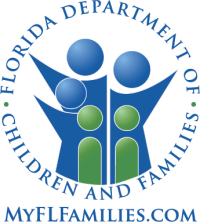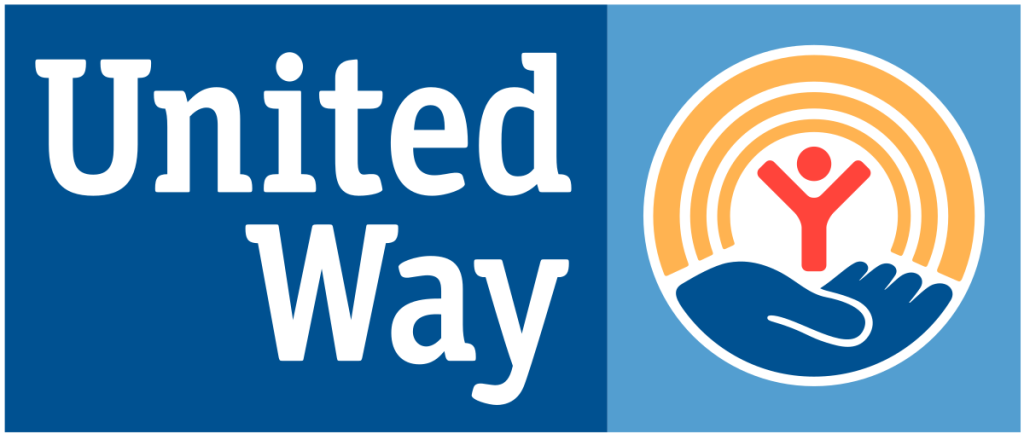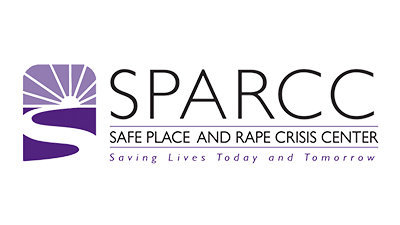Safety Planning

A safety plan is a plan for protecting yourself and your children in the event of future violence. Unfortunately, there is no way that a safety plan can absolutely guarantee your safety or that of your loved ones. However, creating this plan will reduce the chance that your abuser will have the opportunity to hurt you and will help you respond quickly in a time of crisis. The plan should is a guide of ways to can increase your safety. The plan should be hidden in a safe place where the abuser is unlikely to find it. It should also be reviewed and updated on a regular basis if the situation or living environment changes.
Putting together an escape bag prepares you and your family to leave a dangerous situation at a moment’s notice. An escape bag can be a box, a suitcase, or any other portable container. Put in it personal documents and belongings that are important to you. For a list of suggested items that should go into an escape bag, please click here. It may be necessary to keep the escape bag at a friend or relative’s home, your workplace, your spiritual community home, or any other safe place where the abuser will not have access to it.
- Open a separate bank account in your own name and have the statements sent to a post office box or a friend or relative’s address. Keep account and PIN (Personal Identification Number) secret.
- Identify people who would be able to let you stay with them temporarily or lend you some money in an emergency.
- If you are still living with the abuser, think of a safe place to go if an argument occurs – avoid rooms with no exits (bathroom) or rooms with weapons (including the kitchen). Discuss this with family members who are at-risk of being abused.
- If you are concerned about the safety of your pets, contact SPARCC for more information on how to protect your animals. SPARCC has partnerships with local organizations that can provide safety for your pets if you have to leave your home.
- Stay out of rooms with weapons and try to lead the abuser away from them. Avoid being backed into a corner or into a room with no exits.
- If possible, dial 911 from the home phone and hang up or leave the phone off the hook. The address of the home phone will be displayed to the 911 operator. This will not work from a mobile phone!
- If the abuser already has a weapon or the situation appears very dangerous, take whatever action you believe may calm him/her down. Protect yourself in any way you can. If you’re being beaten or kicked, curl up on the floor and protect your head with your arms.
- Change the locks on the doors and install safety devices on all windows. This may not be necessary if you have moved to a new location and you are sure the abuser has never had keys to the residence. Where ever you are, check with the police department about the best way to secure doors and windows.
- If you have minor children, make a list of the people who have permission to pick up your children from school or daycare. Copy this list to a separate piece of paper and give it to your children’s school administrators, teachers, after-school caregivers, etc. and ask that they get identification from anyone who attempts to pick up your children from school.
- Tell your landlord and neighbors that the abuser no longer lives with you and ask them to call 911 if they see him/her near your home.
- If you have an Injunction for Protection against the abuser, make several copies, keep one with you at all times and keep copies in several places.
- If you are employed, identify trusted co-workers that you can share your situation with. Tell them the abuser’s name so that they will not put phone calls through from him. Provide a picture of the abuser so they will know what he looks like.
- Find trusted co-workers, supervisors, or security personnel whom you can ask to escort you to your car or bus when you leave work. Remember to vary the time you leave and the route you take to and from work.
- If the abuser is entitled to visitation with the children, list the ways in which you’ll keep yourself and your children safe before, during and after visitation. Consider asking the court for monitored exchange.
- To increase safety, provide your workplace, church, school, etc. with a full description of the abuser, a recent photograph, if available and a description of the abuser’s vehicle.
- Make a list of people whom you trust and can turn to for emotional support.
- Go to the library or search the internet for books, articles and poems that can help you identify your feelings about your situation and feel stronger about your ability to cope.
- Call SPARCC to learn more about support groups and make a list of these groups.
- Make a list of the people and places who can provide emotional support for your children.






